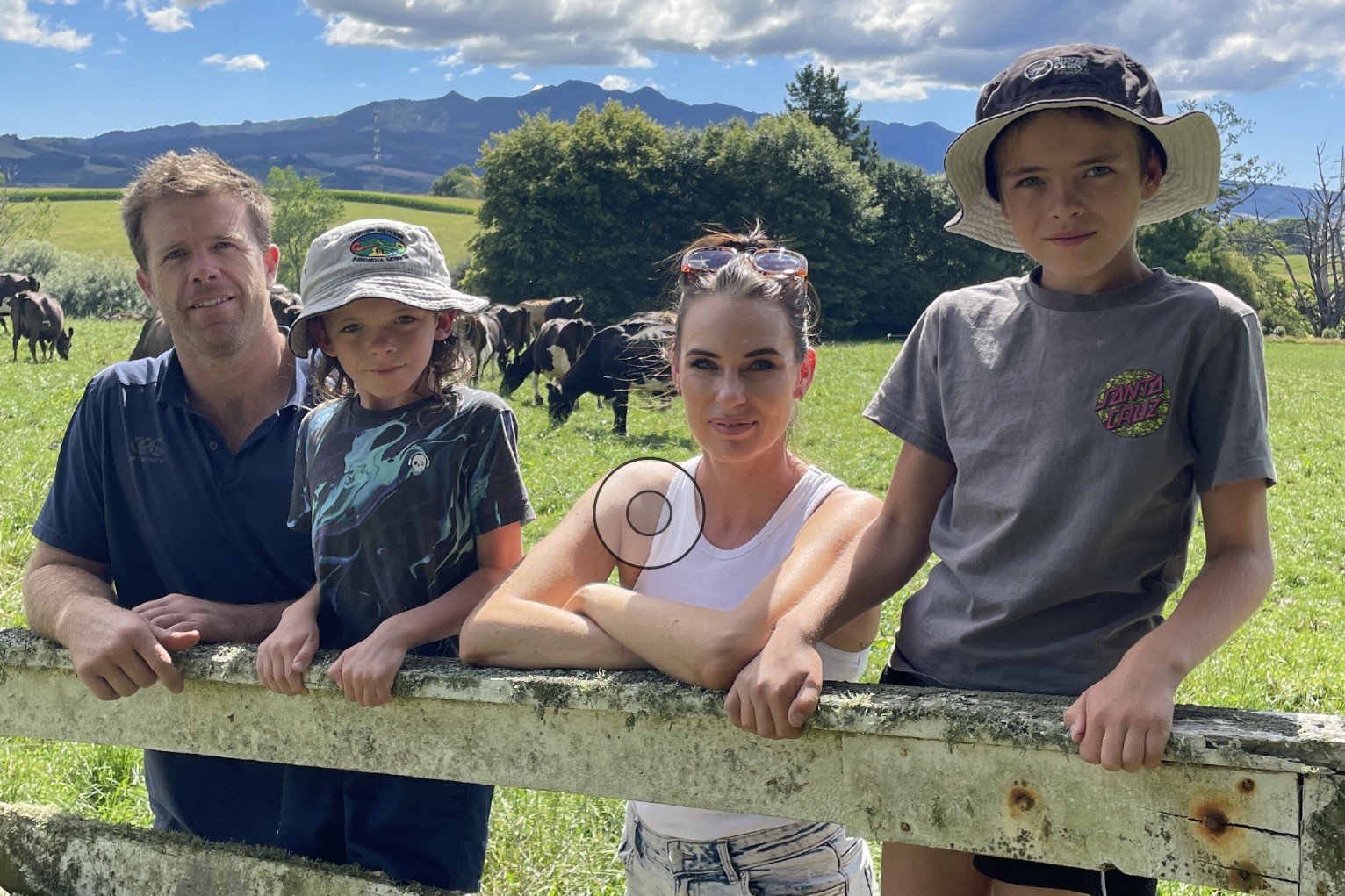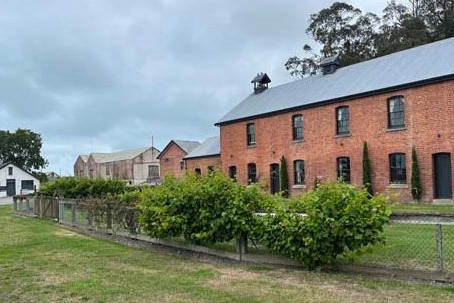Cracking the code of the right variety, irrigation and wind protection sets maize up as a winner for a southern beef operation. Story and photos by Lynda Gray.
Misconceptions about maize and its potential in the southern half of the South Island are well and truly dispelled by results at the Paterson family’s Matakanui Station.
This is the seventh year the crop has been grown under irrigation in the extreme Central Otago climate. The 18-hectare crop is sown, harvested and ensiled by the Patersons and it costs about 12 cents/kg/drymatter (DM) based on a crop average of 20 tonnes. The silage is fed in buns to young cattle from May until the end of August.
“It’s been the game changer for our beef finishing system, because we’re able to add weight to young cattle over winter,” Andrew Paterson says.
He’s more or less cracked the formula for a successful maize growing system which hinges on good shelter to prevent wind damage, irrigation and Pioneer maize hybrid variety P7524.
Before establishment, the soil is tested to assess fertiliser requirements which for the latest crop led to a pre-sowing dressing of a 400kg urea, 300kg DAP and 300kg potash super mix.
“We’ve found maize to be a hungry plant, but the flipside is that it produces a high utilisation feed.”
The ground is usually deep-ripped, and a rock mulcher used to blend in the fertiliser and further crush the seams of rock and stone in the lower-lying country.
This season’s crop was sown in the third week of October by a four-row vacuum maize planter Andrew bought second-hand. It’s a slow job,
taking two days, but it’s done on time and according to the Patersons’ timetable rather than a contractor’s.
When the Patersons started out with maize they used Pioneer hybrid variety P7124, it was faster maturing but didn’t yield as well so they changed to P7524. It’s sown at 120,000 seeds/ha at a depth of 110mm and in rows 750mm apart.
Weed control is important and can be managed with either a pre-emergent or post-emergent spray. At Matakanui usually a pre-emergent spray is sufficient but this season due to a fathen problem a pre and post-emergent spray was needed.
Urea is applied in two 200kg dressings, the first at Red Band gumboot height in early December, and the second about two weeks later at thigh height.
The crop gets 7-8mm of water a day from sowing until two weeks before harvest. Irrigation helps mitigate frost damage with the evaporation of applied water raising the air temperature.
“We’ve found that with irrigation maize can withstand minus 3 degree frosts.”
The maize is harvested in late March/early April by a Claas chopper with a maize front. Harvest is dictated by drymatter content which needs to be 35-36% to produce the higher starch content silage for cattle.
Once the maize is off the ground, ryecorn is sown.
Until this year, a maize and lucerne silage bund was made and fed to a single mob of cattle. They achieved daily liveweight gains of about 1kg a day. Also, a substantial percentage hit marbling specs for Alliance Group’s Pure South Hand Picked premium beef programme adding another $1/kg to beef returns.
“We couldn’t fatten and marble in the middle of winter without the maize.”
This year a couple of changes are being made to the feeding system. In the past the silage has been a mix of lucerne and maize but this year the lucerne will be left out.
“We’ve noticed that the cattle will pick through the silage to get to the maize so we’ve decided it might be better to feed the lucerne in hay instead.”
Also, three buns will be made and fed to three mobs segregated into weight ranges. Andrew is interested to see if this will streamline management and further improve feed utilisation, if it does, he’ll add another paddock of maize next season.
Past experiences hinder uptake
Pioneer Otago-Southland area manager Darin Dick, says the maize mindset is the biggest barrier to wider uptake of the crop in the region.
He says that mindset is based on past experiences before the development of newer high-yielding short-maturity hybrids which have been selected for South Island growing conditions.
Ten years ago the comparative relative maturity (CRM) of commonly grown hybrids were in the high 80s and early 90s, now Otago and Southland growers had the choice of 71 and 75 CRM varieties, which require less heat units to reach maturity.
“Maize breeders have made significant genetic yield advances in the short maturity segment, and we now have hybrids that have been evaluated and proven in West Otago, the Taieri and as far south as Edendale,” Dick says.
These southern crops are on dairy farms but there’s opportunity on dairy support, and beef finishing systems such as Matakanui Station where he has provided technical advice and support for the past five years.
“Maize silage is a great option for putting weight and condition on beef cattle, heifers and in dry cow grazing operations.”
The basic requirements for a successful crop are good shelter, starter fertiliser according to soil testing, and a good soil to seed bond to encourage even germination. For optimal establishment the soil temperature should be 10C and rising at sowing. Weed and pest control is also crucial.
He quotes typical maize silage yields of 16-28 tonnes DM/ha at a cost of 13-28c/kg DM, the higher cost reflective of an all-contract seeding, spraying, harvest and ensiling system.
Maize silage is a high-energy (10.8-11.0 MJME/kg DM ), low-crude protein (average 7.5%), its low protein status meant that it needed to be fed alongside high quality pasture or lucerne.
Amazing run
Maize has both male and female flowers on each plant. The maize tassel is the male part that produces the pollen that pollinates the ears to form the kernels. The tasseling or pollen-shedding stage is a crucial part in the plant’s development which leads to the growth of a single cob which delivers more than half the total drymatter yield.
The ideal harvest time for maize silage is 30-38% DM.





